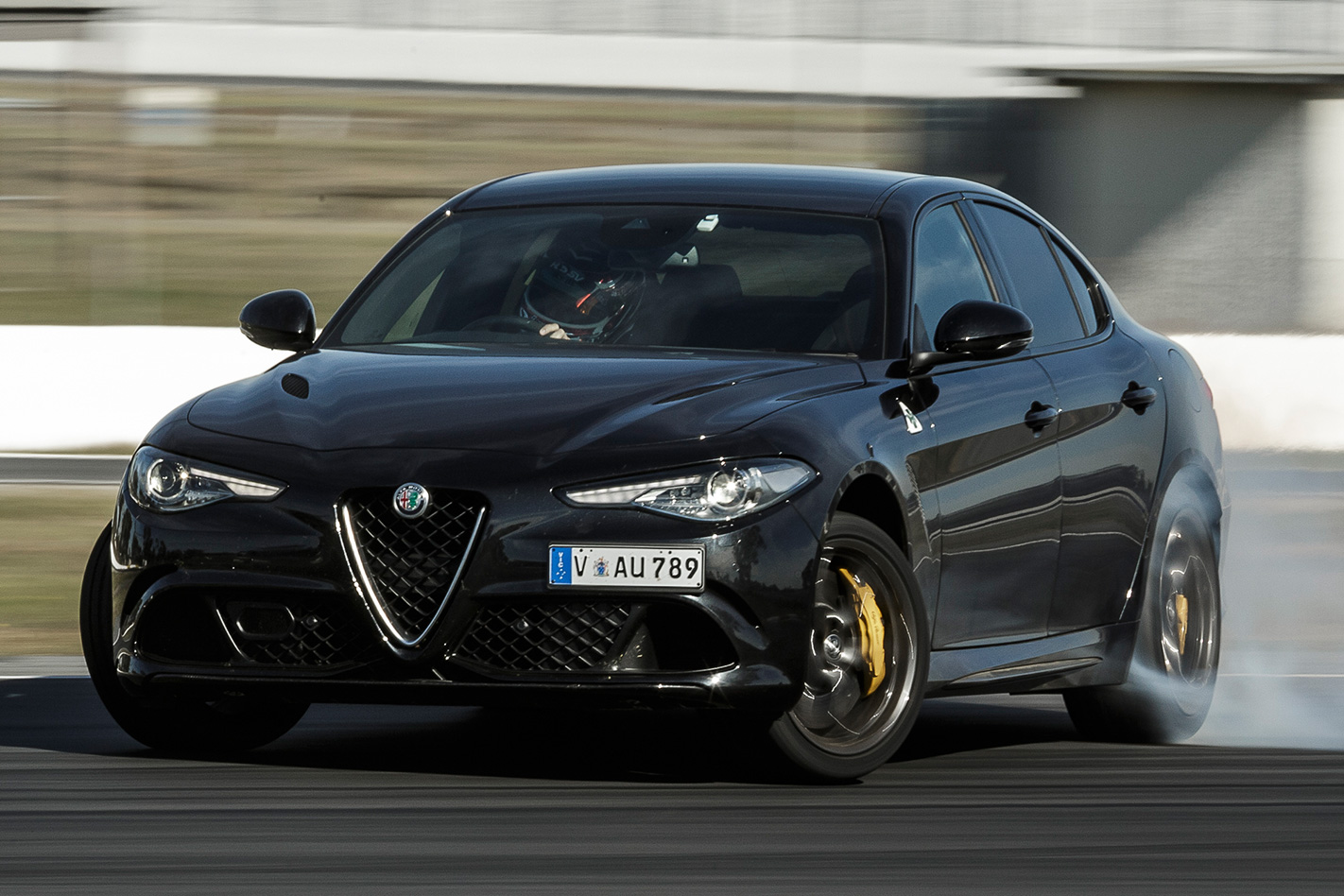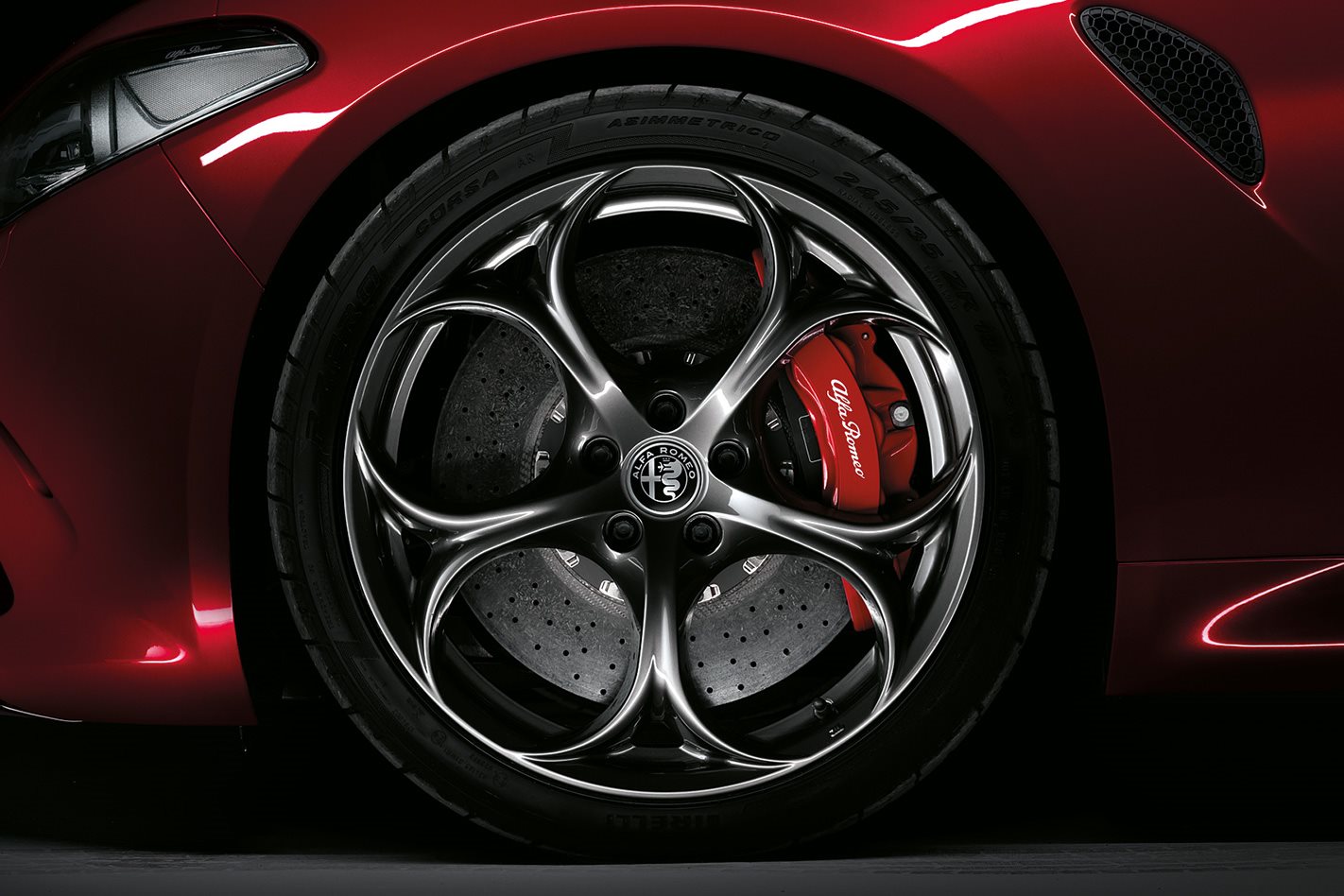There’s no stopping the advance of vehicle technology.
Except, ironically, for braking systems, which have remained based predominantly around hydraulics since the birth of the motor car.
By-wire systems have long been prominent in the aerospace industry, and throttle-by-wire and shift-by-wire are now common in the automotive world. Nissan/Infiniti even gave us steering-by-wire more recently.
Yet pushing electrical pulses rather than hydraulic fluid with a brake pedal is an approach that’s struggled to achieve wide adoption beyond Toyota/Lexus hybrids, despite brake-by-wire development beginning in earnest in the ’90s.
Mercedes-Benz tried to move the game on in 2001, when it introduced the first brake-by-wire system on a road car with the R320 SL. But the German car maker ended up deleting Sensotronic from other models such as the E-Class in 2006 – reverting to traditional brakes – after countless customer complaints and a recall of nearly two million vehicles.

As with Sensotronic, but with reduced cost and complexity, IBS severs the mechanical link between the brake pedal and master cylinder – instead using a compact, lightweight digital module to interpret how hard and quick the driver has pressed the pedal for every application.
Multiple advantages are spruiked. Firstly, in an industry obsessed with light-weight, the system saves a useful three to four kilos by dispensing with traditional braking components such as a vacuum brake servo.
It also builds brake fluid pressure notably faster, and combined with the ESC that can react in less than 10 milliseconds, IBS is claimed to shorten brake distances significantly.

How long the Alfa remains distinctive among conventionally powered cars remains to be seen.
Technology giant Bosch, which worked with Daimler on Sensotronic, is having another crack with its iBooster braking system, though it’s primarily designed for hybrids and EVs.
It also retains a direct link between the pedal and master cylinder, and essentially would act as a replacement for vacuum-based boosters.
So, no one’s brave enough yet to bleed hydraulics out of the equation. Watch this space.Alfa’s integrated Braking system 1. ALL IN ONE IBS dispenses with the separate master cylinder, vacuum brake booster and stability control hardware, integrating ESC, ABS, brake booster and brake actuation into a single device. Physically, this Franken-unit marries a patchwork of components including both electrical and hydraulic assemblies, brushless DC motor driving a ball screw to create the required hydraulic pressure, and brake fluid reservoir.
2. NATURAL FEEL The brake pedal is still linked to a traditional tandem pump, though this piston doesn’t directly push brake fluid into the lines as with a conventional system. Instead the computer’s sensors read the driver’s input. A load simulator cylinder is designed to provide the driver with natural pedal feedback, while a linear actuator aims to make pedal feel consistent and predictable. The tandem pump’s connection to the pedal allows it to serve as a sufficient back-up in the case of a system failure (with a similar feel to a traditional system with no vacuum assistance).
3. LACK OF PULSE Because the system separates the pressure of the brake pedal from the slowing wheels, IBS removes the pulsing effect commonly associated with anti-lock braking.
4. PIPE MASTERS Hydraulic brake fluid is still distributed to each wheel’s calipers via brake lines – but capable of performing the process significantly faster. IBS developer Continental – which calls the system MK C1 – says full brake pressure for a two-tonne vehicle can be applied after just 150 milliseconds.
5. FIND THE RIGHT MODE Variable pedal feel and actuation can be tailored via software, and can be programmed differently not just between manufacturers, but also different vehicle modes. Selecting Dynamic on the Alfa Giulia Quadrifoglio’s DNA Pro vehicle setting system, for example, introduces a sharper, more direct braking response than in Normal.






